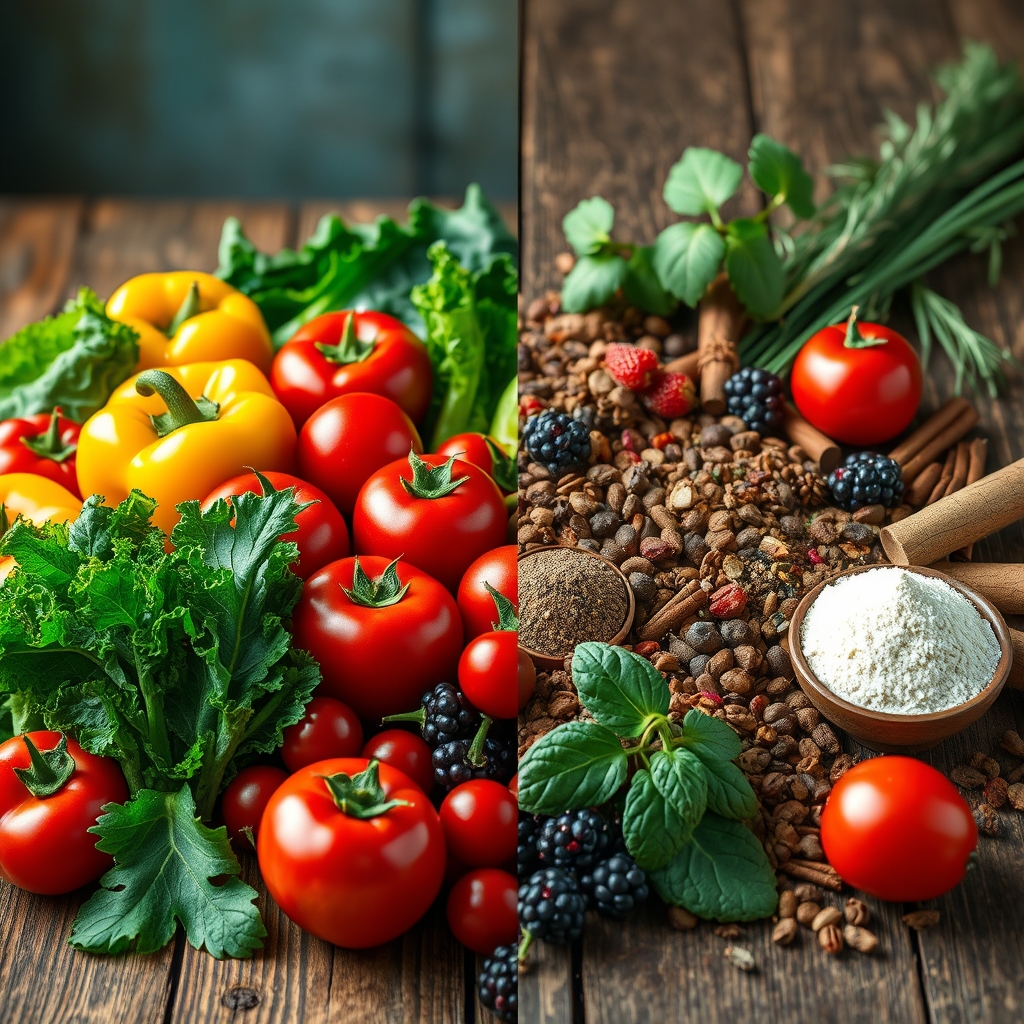Food Data API vs Food Text Analysis API: What to Choose?

Food Data API and the Food Text Analysis API. Each of these APIs offers unique features and capabilities that cater to different needs in the food and nutrition space. In this blog post, we will delve into a detailed comparison of these two APIs, exploring their functionalities, use cases, performance, and ultimately providing recommendations on which API to choose based on specific requirements.
Overview of Both APIs
Food Data API
Food Data API is designed to allow users to easily search and retrieve comprehensive nutritional information for thousands of food items. This API provides detailed data about specific food ingredients, including macronutrient and micronutrient values, serving sizes, and more. It is particularly useful for nutritionists, dietitians, fitness enthusiasts, and anyone looking to maintain a healthy lifestyle.
Food Text Analysis API
Food Text Analysis API utilizes Natural Language Processing (NLP) to analyze and understand the nutritional content of food items described in text form. This API is capable of extracting nutritional information from unstructured text, making it ideal for applications that require the analysis of ingredient lists, recipes, or restaurant menus.
Feature Comparison
Food Data API Features
Food Data API is the "Get Food Data" capability. This feature allows users to retrieve comprehensive nutritional information on a specific food item by sending a search query with the name of the desired food item. The API returns detailed information on calorie counts, macronutrients (fat, protein, and carbohydrates), vitamins, minerals, and other essential nutrients.
{
"total": 9,
"result": [
{
"_id": "634b0061d9a47eb26d661ea8",
"food_code": 27513070,
"food_description": "Roast beef submarine sandwich, on roll, au jus",
"category_number": 3708,
"category_description": "Other sandwiches (single code)",
"energy_kj": 999.02,
"energy_kcal": 239,
"protein_g": 12.34,
"carbohydrate_g": 17.54,
"sugar_g": 2.55,
"fiber_g": 0.6,
"fat_g": 12.78,
"cholesterol_mg": 32,
"vitamin_a_rae_mcg_RAE": 0,
"vitamin_c_mg": 0.5
}
]
}energy_kcal (caloric content), protein_g (amount of protein), carbohydrate_g, and fat_g, among others. Each of these fields provides valuable insights into the nutritional profile of the food item, allowing users to make informed dietary choices.
Food Text Analysis API Features
Food Text Analysis API offers a unique feature called "Food Analysis." This feature extracts information from short unstructured food text, such as ingredient lines, and returns structured data that includes quantity, measure, and food type, if available. Additionally, it provides diet, health, and allergen labels for the text.
{
"uri": "http://www.edamam.com/ontologies/edamam.owl#recipe_216ccf5550414754b6cd2d8d3f56cbb4",
"calories": 122,
"totalWeight": 86.0,
"dietLabels": ["LOW_CARB", "LOW_SODIUM"],
"healthLabels": ["SUGAR_CONSCIOUS", "KETO_FRIENDLY"],
"totalNutrients": {
"ENERC_KCAL": {
"label": "Energy",
"quantity": 122.98,
"unit": "kcal"
},
"FAT": {
"label": "Total lipid (fat)",
"quantity": 8.1786,
"unit": "g"
}
}
}calories, dietLabels, and totalNutrients, which provide a comprehensive overview of the nutritional content based on the input text. The ability to extract structured data from unstructured text makes this API particularly valuable for applications that deal with recipe analysis or food tracking.
Example Use Cases for Each API
Use Cases for Food Data API
Food Data API is ideal for various applications, including:
- Fitness Apps: Users can track their nutritional intake by searching for specific food items and logging their daily consumption.
- Meal Planning: Dietitians can create personalized meal plans by retrieving detailed nutritional information for each food item.
- Restaurant Menus: Restaurants can provide nutritional information for their menu items, helping customers make informed choices.
- Recipe Websites: Educators can use the API to provide nutritional information for recipes, promoting healthy eating habits.
Use Cases for Food Text Analysis API
Food Text Analysis API is particularly useful in scenarios such as:
- Food Tracking Apps: Users can input ingredient lists or meal descriptions, and the API will extract nutritional information automatically.
- Nutrition Education Resources: Educators can analyze recipes and ingredient lists to provide nutritional insights to students.
- Meal Planning Platforms: Users can input their favorite recipes, and the API will analyze the nutritional content, helping them make healthier choices.
- Restaurant Menu Analysis: Restaurants can analyze their menus to ensure they meet dietary guidelines and provide accurate nutritional information.
Performance and Scalability Analysis
Food Data API and the Food Text Analysis API are designed to handle a significant volume of requests, making them suitable for applications with varying levels of user engagement. The Food Data API excels in providing quick responses for specific food item queries, while the Food Text Analysis API is optimized for processing unstructured text efficiently.
Pros and Cons of Each API
Food Data API
Pros:
- Comprehensive nutritional data for a wide range of food items.
- User-friendly interface for easy integration into applications.
- Ideal for applications focused on specific food item analysis.
Cons:
- Limited to food items; does not analyze unstructured text.
- Requires precise food item names for accurate results.
Food Text Analysis API
Pros:
- Ability to extract nutritional information from unstructured text.
- Flexible input options for various food descriptions.
- Useful for applications that require context-based analysis.
Cons:
- May require more processing time for complex text inputs.
- Accuracy depends on the quality of the input text.
Final Recommendation
Food Data API and the Food Text Analysis API ultimately depends on the specific needs of your application. If your focus is on providing detailed nutritional information for specific food items, the Food Data API is the better choice. It offers a straightforward way to access comprehensive data and is well-suited for fitness apps, meal planning, and restaurant menus.
Food Data API in production? Visit the developer docs for complete API reference.
Food Text Analysis API in production? Visit the developer docs for complete API reference.





